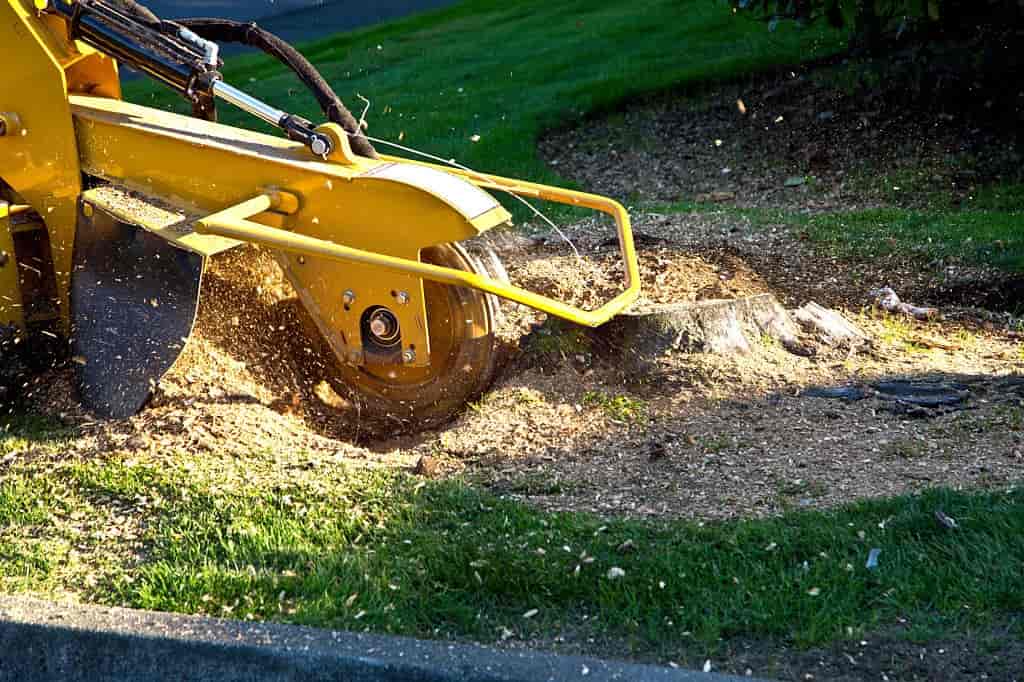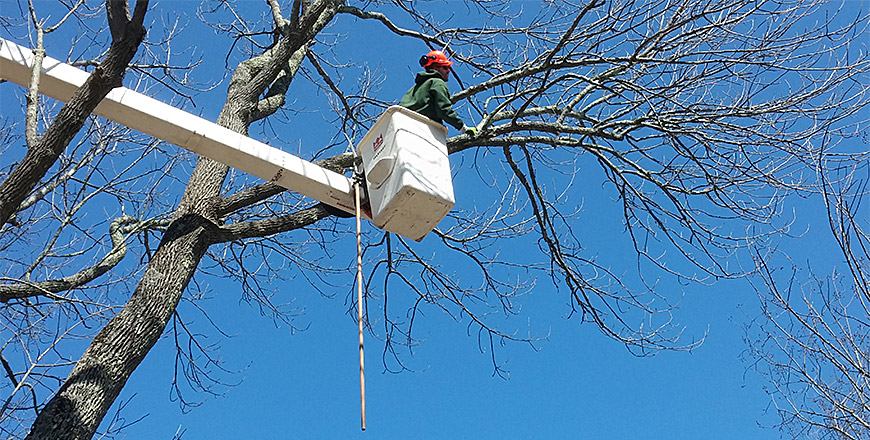Introduction
When it comes to maintaining the beauty and health of your landscape, tree lopping is often an essential service. But what does this process entail? In this comprehensive guide titled “What to Expect During a Professional Tree Lopping Service,” we will delve deep into the world of tree care, examining everything from the reasons for tree lopping to the techniques employed by professionals. By the end of this article, you'll not only understand what to expect during a professional tree lopping service but also why it's crucial for your property.
Tree Lopping: An Overview
What is Tree Lopping?
Tree lopping refers to cutting back branches and limbs of a tree to reduce its size, improve its shape, and promote healthy growth. While many homeowners might consider tackling this task themselves, hiring professionals ensures that it is done correctly and safely.
The Purpose of Tree Lopping
There are several reasons for performing tree lopping:
- Safety: Overgrown branches can pose risks to property and people. Health: Removing dead or diseased branches encourages new growth. Aesthetic Appeal: A well-pruned tree enhances the visual aspect of your landscape.
Difference Between Tree Lopping and Tree Trimming
While some may use these terms interchangeably, there is a difference between tree lopping and tree trimming. Tree trimming focuses on maintaining the health and aesthetics of a tree by selectively removing smaller branches.
Common Misconceptions About Tree Lopping
Many people believe that any form of pruning is good for trees; however, improper lopping can cause significant damage. Understanding proper techniques is vital to ensuring the longevity of your trees.
What to Expect During a Professional Tree Lopping Service
Initial Consultation with Professionals
Before any work begins, professionals will typically conduct an initial consultation. This step involves assessing the site and discussing your needs. During this meeting:
- The arborist will evaluate the condition of the trees. You'll discuss any specific concerns you may have. An estimate will be provided based on the scope of work involved.
Site Assessment: What Do Experts Look For?
During their assessment, experts look for indicators such as:

- Signs of disease or infestation Structural integrity of branches Proximity to buildings or power lines
This thorough evaluation helps in determining which branches need removal or trimming.
The Tools Used in Tree Lopping
Professional tree loppers come equipped with specialized tools designed for safety and efficiency:
Chainsaws: For larger branches or trunks. Pruners: Ideal for smaller cuts. Ropes: Used for safe maneuvering in difficult positions. Climbing Gear: Safety harnesses and helmets ensure worker safety during elevated work.Safety Precautions Taken by Professionals
Safety should always be a priority in any professional service:
- Workers wear protective gear including helmets, gloves, and eye protection. Ground crew members help manage traffic around work areas. Proper signage is placed around the job site to alert passersby.
Techniques Employed in Tree Lopping
Pruning Techniques Explained: Best Practices
Understanding various pruning techniques can enhance your knowledge about what happens during lopping:
Crown Reduction: This technique reduces the height/width without harming overall structure. Crown Thinning: Involves selectively removing branches to improve light penetration. Deadwood Removal: Removing dead or dying branches promotes healthier growth.How Professionals Decide Which Technique to Use?
Professionals assess each situation individually based on factors like:
- The species of the tree Its current health status Desired outcomes from lopping
Post-Lapping Care: Essential Steps After Service
Immediate Care Following Lopping Services
After a professional has completed their work, certain steps should be taken:
Ensure all equipment is removed from the site. Inspect the area for debris that could pose safety hazards.Long-Term Care Tips for Your Trees Post-Loppage
To maintain healthy trees after lapping services:
- Regularly check for signs of disease or pest infestation. Water adequately during dry spells. Apply mulch around bases to retain moisture and suppress weeds.
Tree Removal vs. Tree Lopping: When Is Each Necessary?
Understanding When to Choose Tree Removal Over Lopping
While both services have their place, there are clear distinctions regarding when each should be performed:
| Criteria | Tree Removal | Tree Lopping | |---------------------------|-----------------------------------------|---------------------------------------| | Condition of Trees | Severely diseased or damaged | Overgrown but healthy trees | | Space Considerations | Needs complete removal | Limited space requiring size reduction| | Safety tree removal Risks | Immediate danger posed | Potential future hazard |
Stump Removal: What Comes Next After Loppy?
Is Stump Removal Necessary After Tree Lopping?
If you've had a large tree removed (not just lopped), stump removal might be necessary as stumps can attract pests or decay over time.
FAQ Section
1. How often should I have my trees lopped?
It generally depends on species and environment; however, once every 2–3 years is typical.
2. Can I perform tree lopping myself?
While possible, it’s not recommended unless you’re trained; improper cutting can harm trees.
3. How long does it take for professionals to complete tree lopping?
The duration varies based on size and complexity but usually ranges from a few hours to a full day.
4. Will my trees survive after being lopped?
Yes! If done correctly using proper techniques, most trees recover well.
5. Is there a best time of year for tree lopping?
Late winter or early spring is generally ideal since trees are dormant.
6. What happens if I neglect my trees?
Neglecting upkeep can lead to diseases spreading, potentially resulting in more extensive damage that may require removal.

Conclusion
In summary, understanding what’s involved in professional tree lopping helps you appreciate its importance in maintaining both safety and aesthetics in your landscape design. With insights into techniques used by certified arborists along with post-service care recommendations outlined herein under “What to Expect During a Professional Tree Lopping Service,” you’re now equipped with valuable knowledge about making informed decisions regarding your properties' green assets—trees!
This comprehensive guide aims not only at enhancing your understanding but also at illustrating how crucial professional services are when it comes down to effective practices surrounding tree care information like tree removal or stump removal tasks alike!